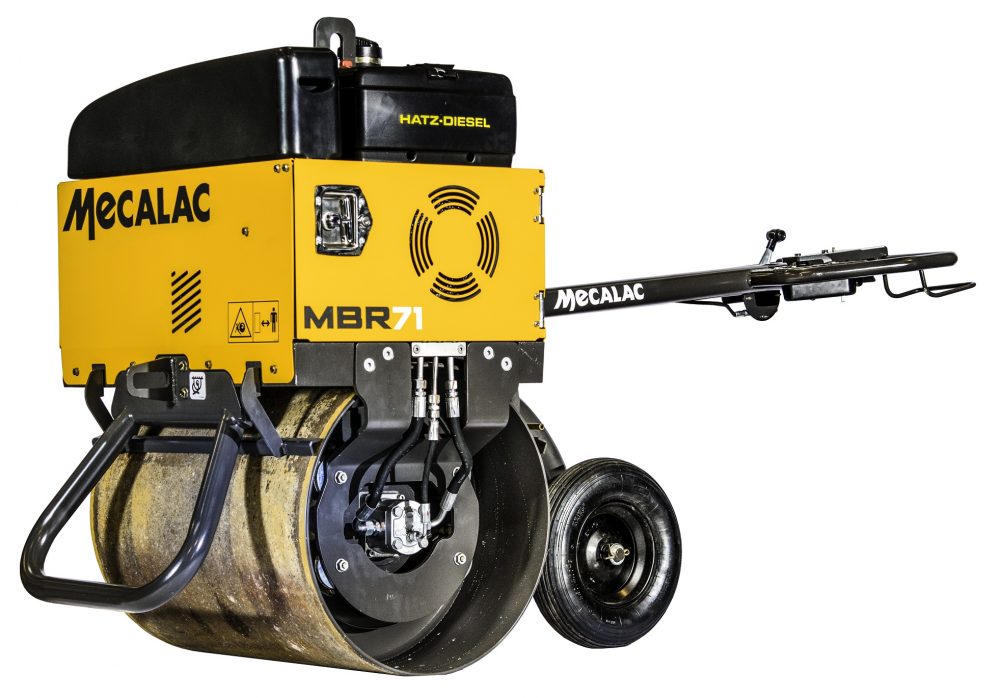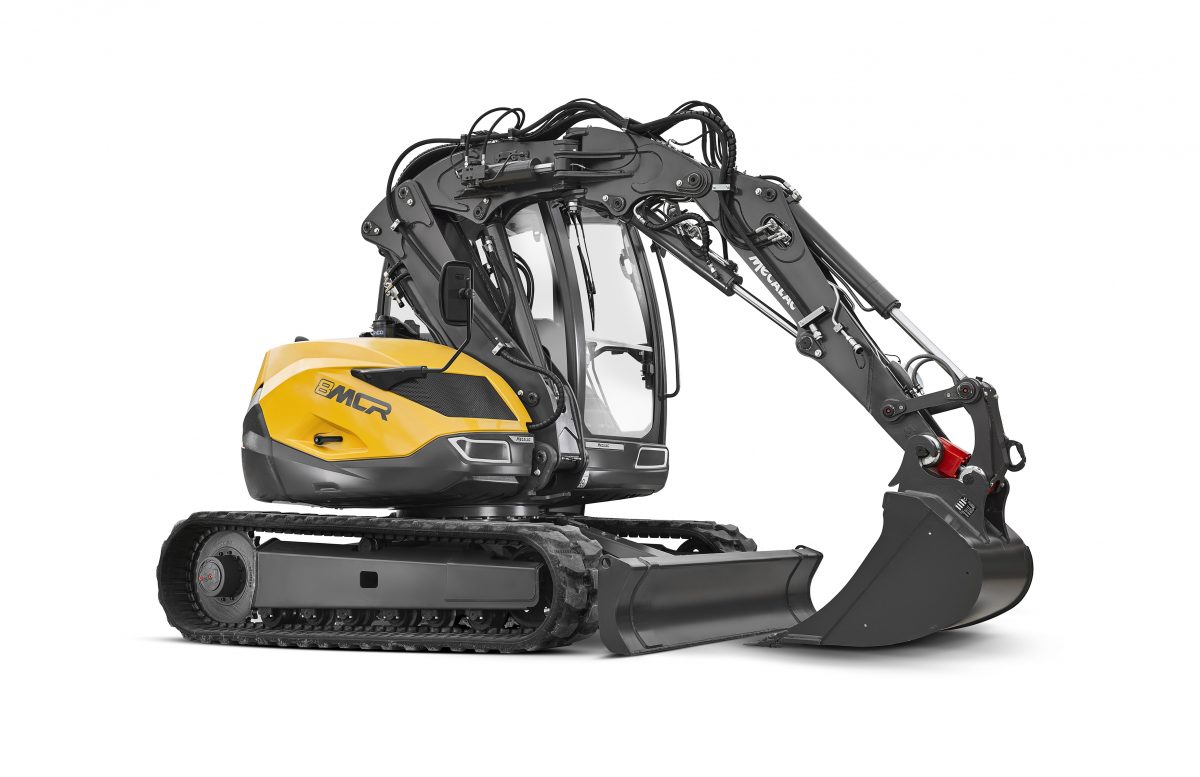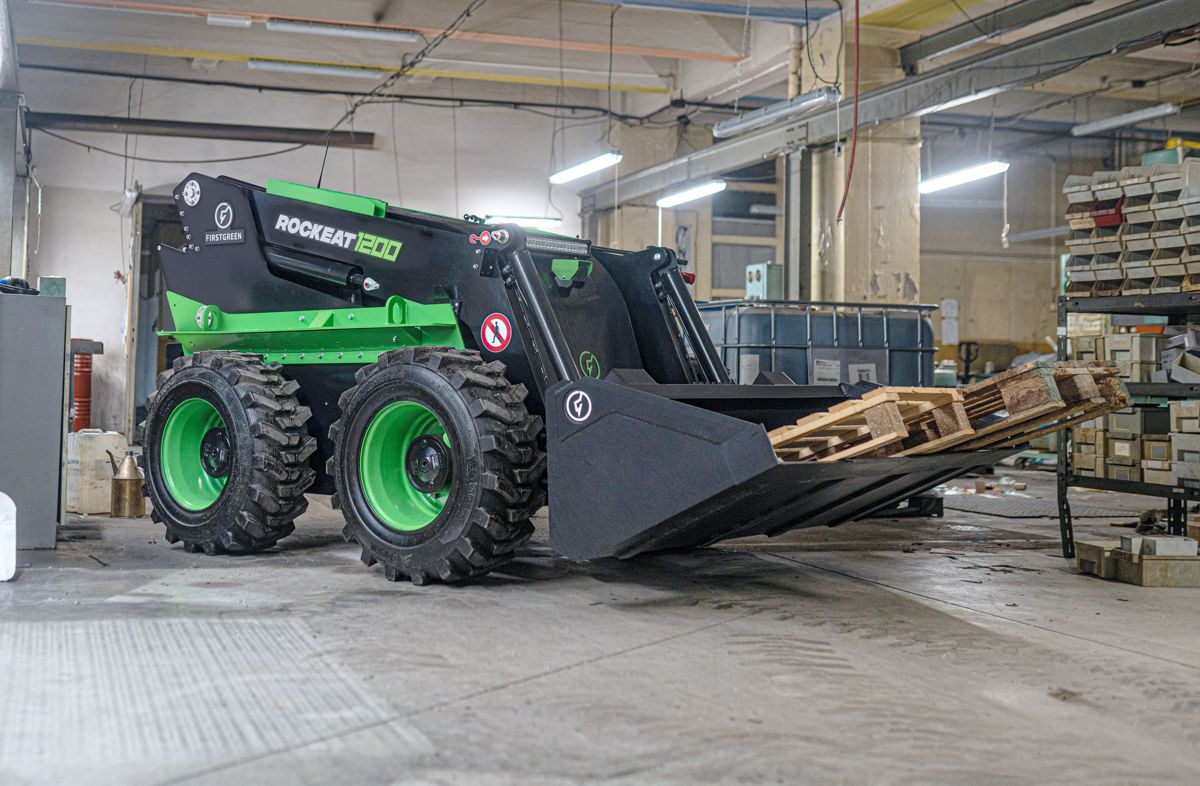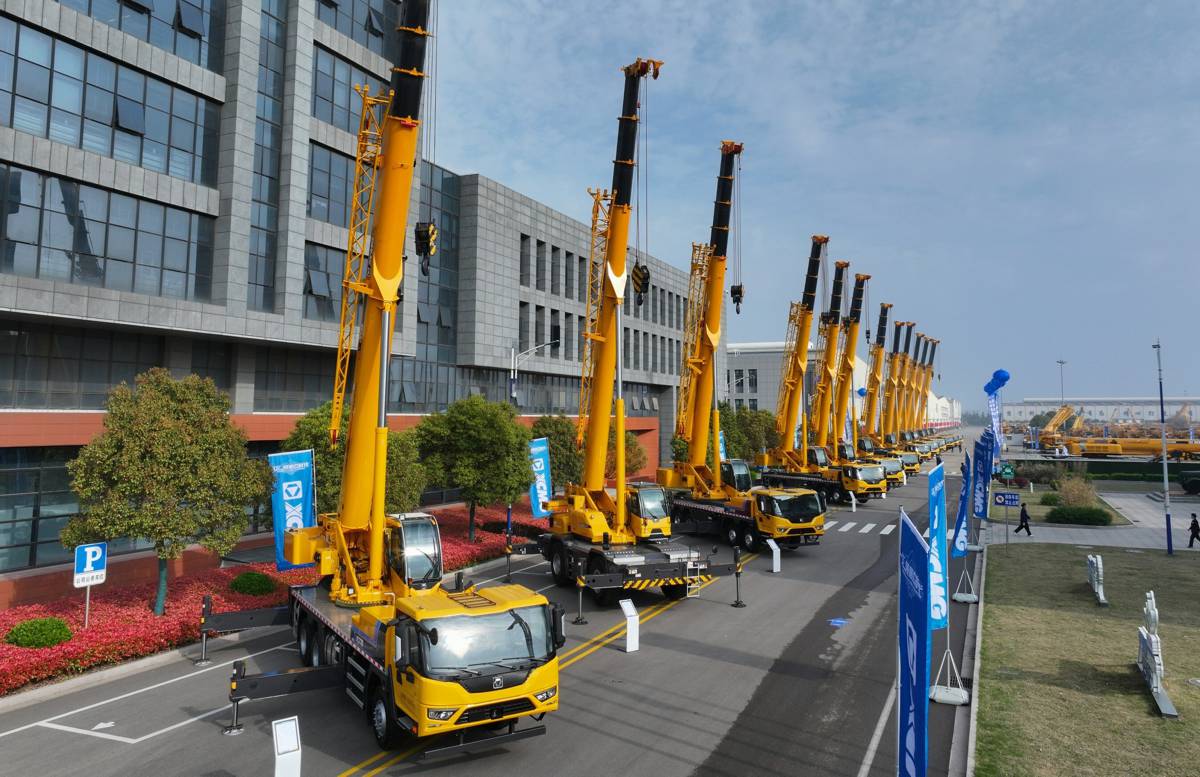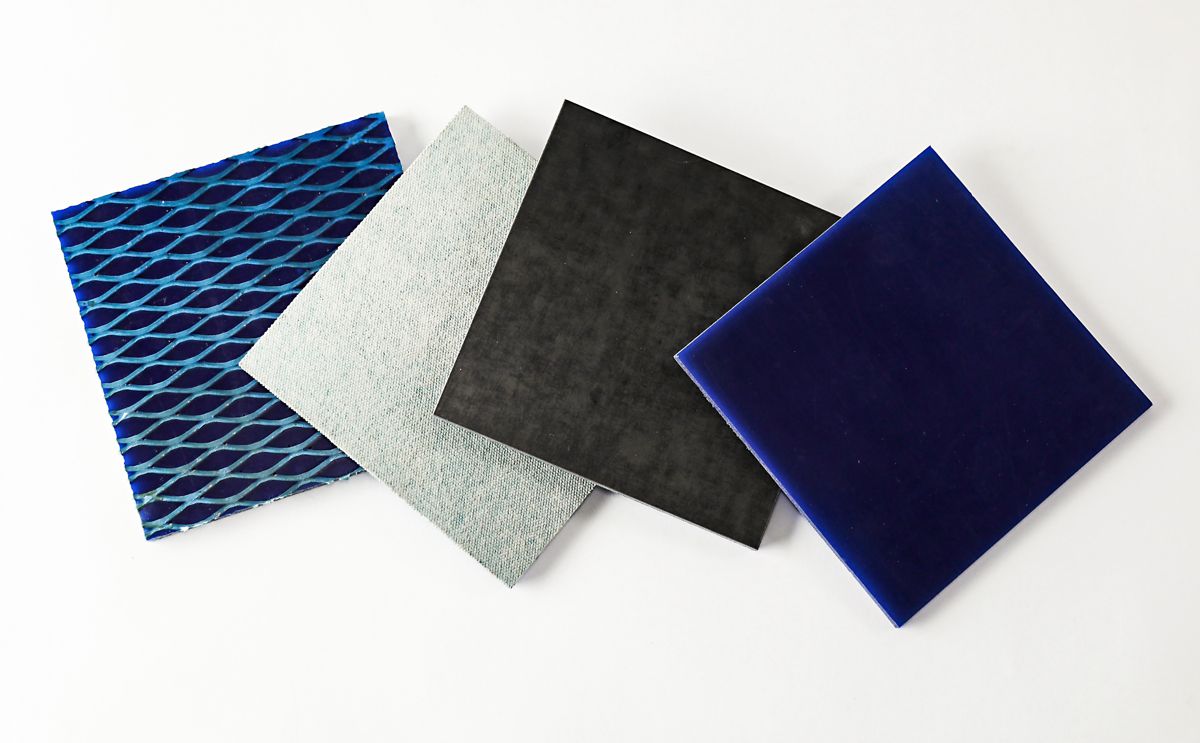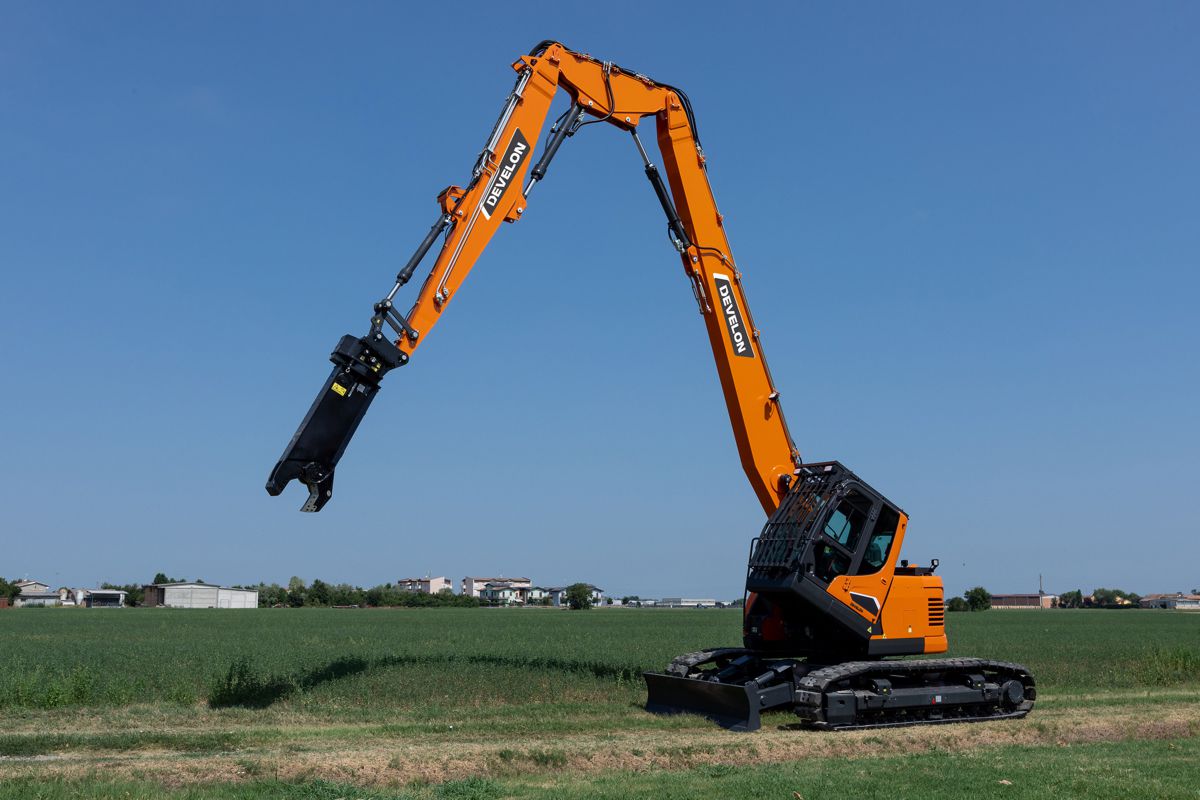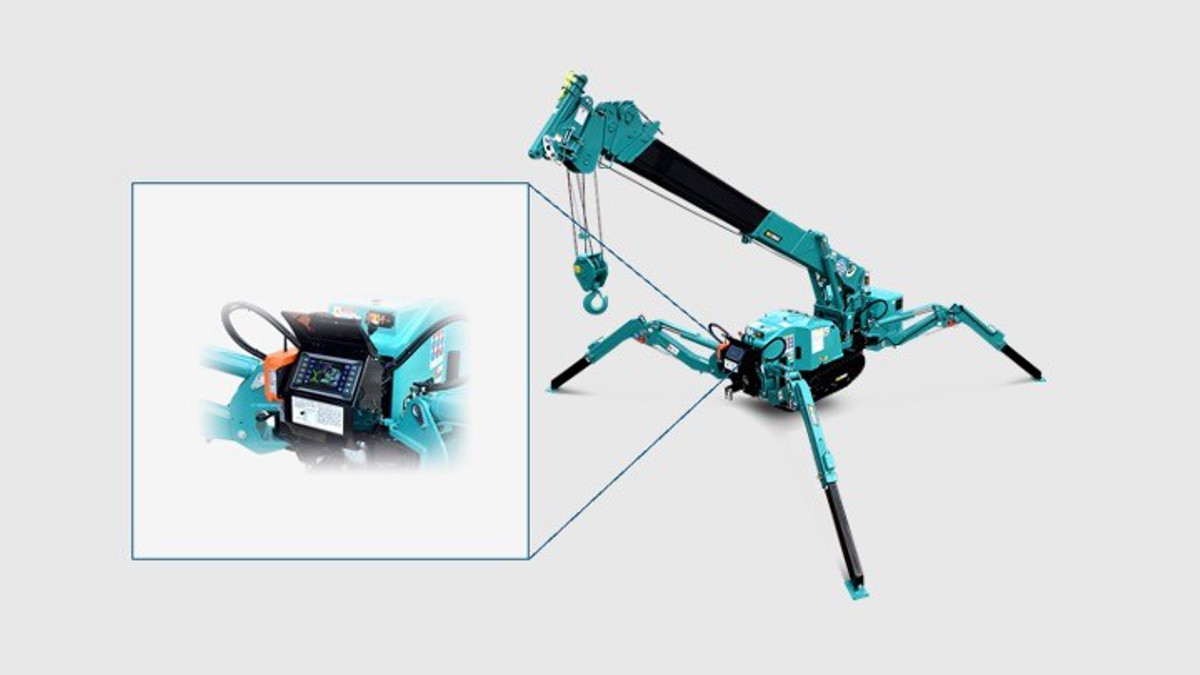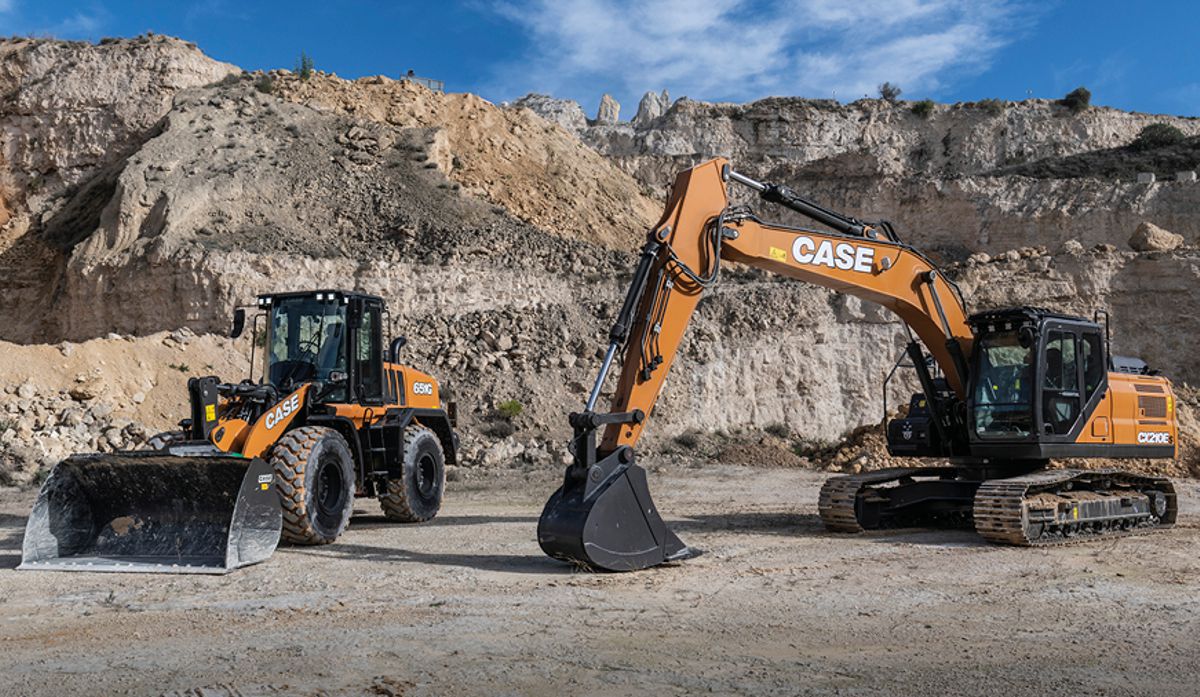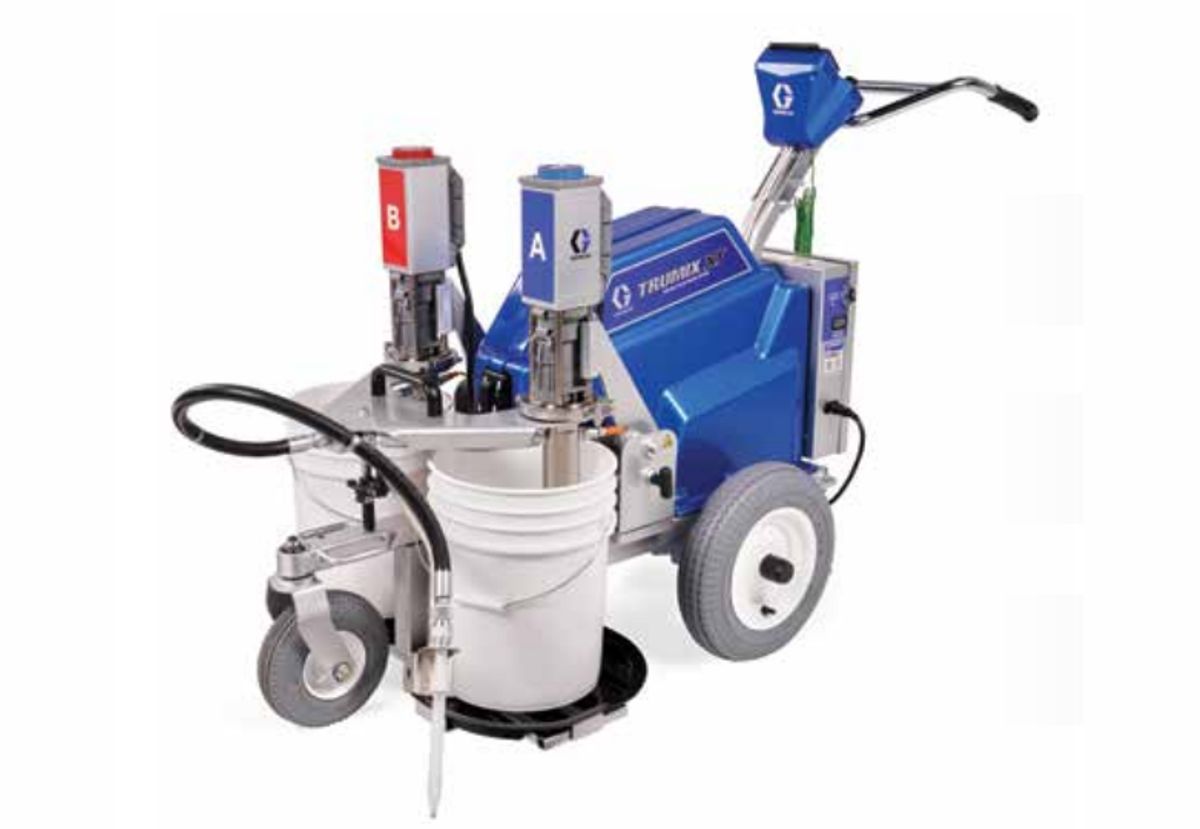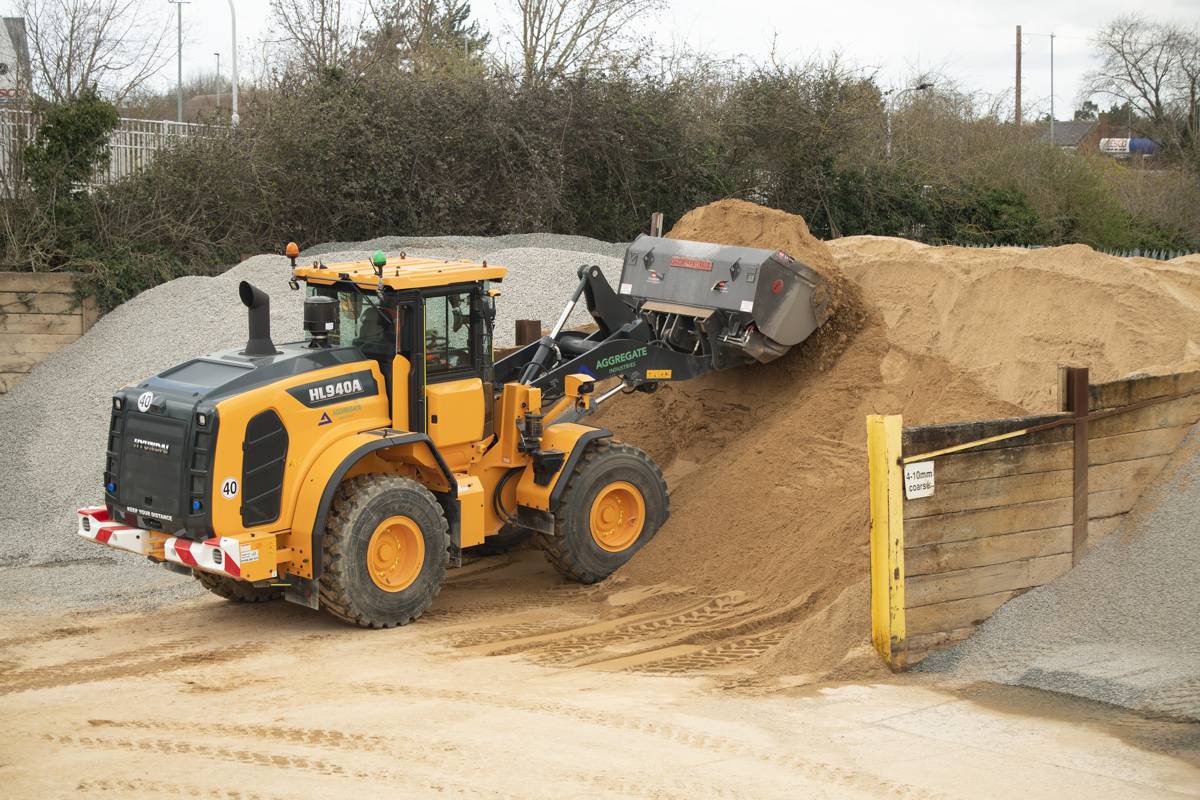Stage V engine transition is driving next-generation R and D at Mecalac
With the arrival of Stage V requirements, many manufacturers have simply changed their engines to achieve the necessary particulate matter, particulate number and NOX targets. Mecalac, however, has taken a decidedly different approach. We spoke to Paul Macpherson, UK Sales and Marketing Director at Mecalac Construction Equipment UK Ltd, to find out more.
Each industry has its part to play reducing air pollution and construction equipment is no different. Around 15% of the NOX and 5% of the particulate matter emissions in the UK are due to non-road engines.
Over the past two decades, The EU has adopted seven different directives to address these harmful emissions. These directives have been divided between five Stages, with the latest – Stage V – to be implemented in 2019 and 2020.
Stage V allows only 3-4% of the limits permitted by Stage I, indicating the significant progress that has been made since 1999. Stage V combines a reduction in the amount of particulate matter (PM) that engines can emit with a new assessment for particulate number (PN) count, alongside a reduction in allowable NOX emissions.
The 2019 phase of Stage V includes engines below 56kW and above 130kW, and from 2020, engines of 56-130kW. It also covers compression ignition (CI) engines below 19kW and above 560kW, as well as spark ignited (SI) engines above 19kW.
“This poses several packaging and filtration challenges to manufacturers but is, essentially, an evolution rather than revolution,” explained Macpherson. “It requires the widespread adoption of diesel particulate filters (DPFs) to reduce particulate matter and number, alongside selective catalytic reduction (SCR) to reduce the amount of NOX produced.”
While most manufacturers have simply modified or changed their power plants, Mecalac took advantage of the opportunity to incorporate several new product innovations into its latest line-up.
“We knew we needed to make product changes for Stage V but didn’t want to miss a significant R&D opportunity,” continued Macpherson. “We decided to simultaneously improve our products, investing heavily in new features and technologies, while also adopting a number of new engine platforms to meet Stage V requirements – our 6MDX and 9MDX cabbed site dumpers are now powered by Perkins engines, for example. Construction equipment can be a fairly slow-moving industry, but our continuous innovation is praised by customers and operators alike.”
MBR-71 pedestrian roller
Redesigned to incorporate hydrostatic drive, the MBR-71 pedestrian roller delivers greater flexibility for site workers. Specifically designed for the compaction of granular and asphalt materials, the MBR-71 is perfectly suited to applications including highway repair, footpaths, cycle lanes, playgrounds and landscaping environments.
Removing the clutch and belt arrangement in the 2019 iteration results in lower maintenance requirements, while a 35% increase in water tank volume has significantly increased working range. Moving operating controls to the handle ensures safer and more intuitive operation, complementing a new ‘spring applied’ hydraulic release handbrake, which will activate if pressure is lost to maximise operator safety.
MCR crawler-skid excavator
The latest Stage V-compliant MCR crawler-skid excavator features a rejuvenated hood design and an optional excavator type boom on the smallest model. Compact, productive, fast and efficient, the MCR can switch from compact tracked excavator (top speed of 10 km/h) to loader (360° rotation capability) within seconds.
Available in three model variants – 6MCR (0.49m3 bucket capacity), 8MCR (0.53m3 bucket capacity) and 10MCR (0.75m3 bucket capacity) – each unit is powered by a 55kW engine and features unbeatable total swing diameter.
“Reducing the emissions contribution of construction equipment is vital to improving the air quality in our cities and urban areas,” concludes Macpherson. “While Mecalac has ensured that its portfolio is Stage V compliant, it is also providing operators with innovative equipment that maximises safety, ease of operation, efficiency, durability and performance. We openly communicate with operators about their requirements and vision for the future, refining and enhancing our offering to provide them with the ideal solution.”



